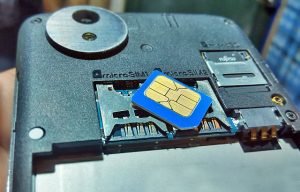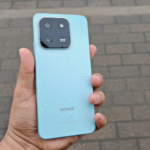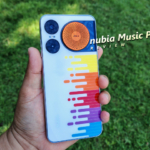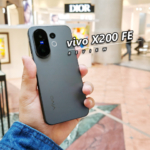Few years from now, smartphones from leading manufacturers won’t be using those traditional plastic SIM cards. Instead, a new technology called an electronic Service Identity Module (eSIM) will be embedded within the device.
This prediction comes after a report that Samsung and Apple agreed with the Groupe Speciale Mobile Association (GSMA), the group that oversees mobile telephone standards, to create a single eSIM format.
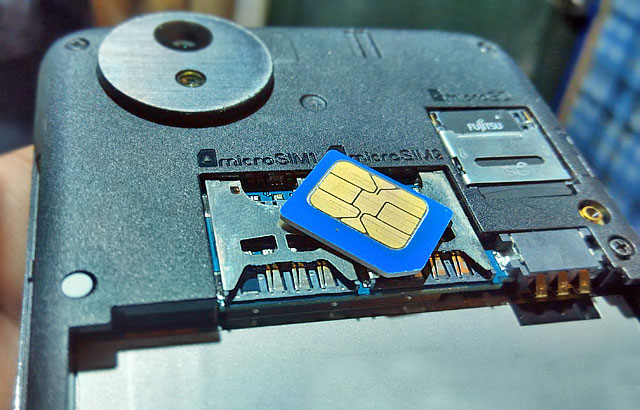 |
| SIM cards are a staple of our phones such as this Android One smartphone. |
An embedded eSIM within a smartphone or tablet has several benefits. Users can easily register several contact numbers for one eSIM without the need for two SIM card slots which takes a lot of room in phones that are getting thinner by each launch event.
Users can also easily switch from one telecommunications network to another without having to buy separate SIM cards. It will automatically select the network with the stronger signal in your area.
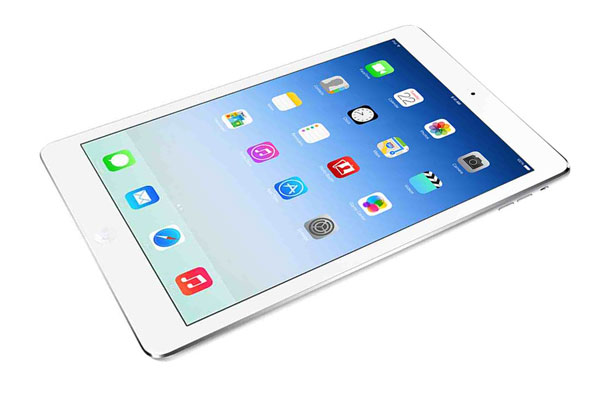 |
| The iPad Air 2 uses an Apple SIM that can connect to a telco of the user’s choice. |
However, using eSIMs also has its disadvantages. A mechanism is needed for cases where a phone is stolen and the eSIM numbers need to be retrieved. Users of traditional SIM cards should also have a way of maintaining their numbers upon switching to this technology.
Lastly, eSIMs might present security holes that someone can use for identity theft or other nasty purposes. If you can think of more advantages or disadvantages of eSIMs, share them in the comments below.
